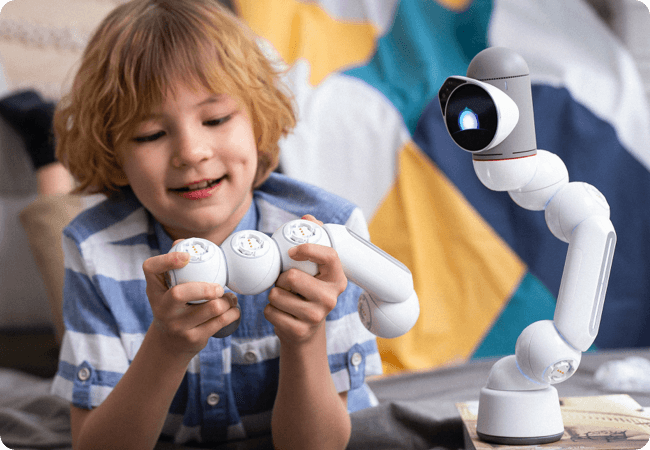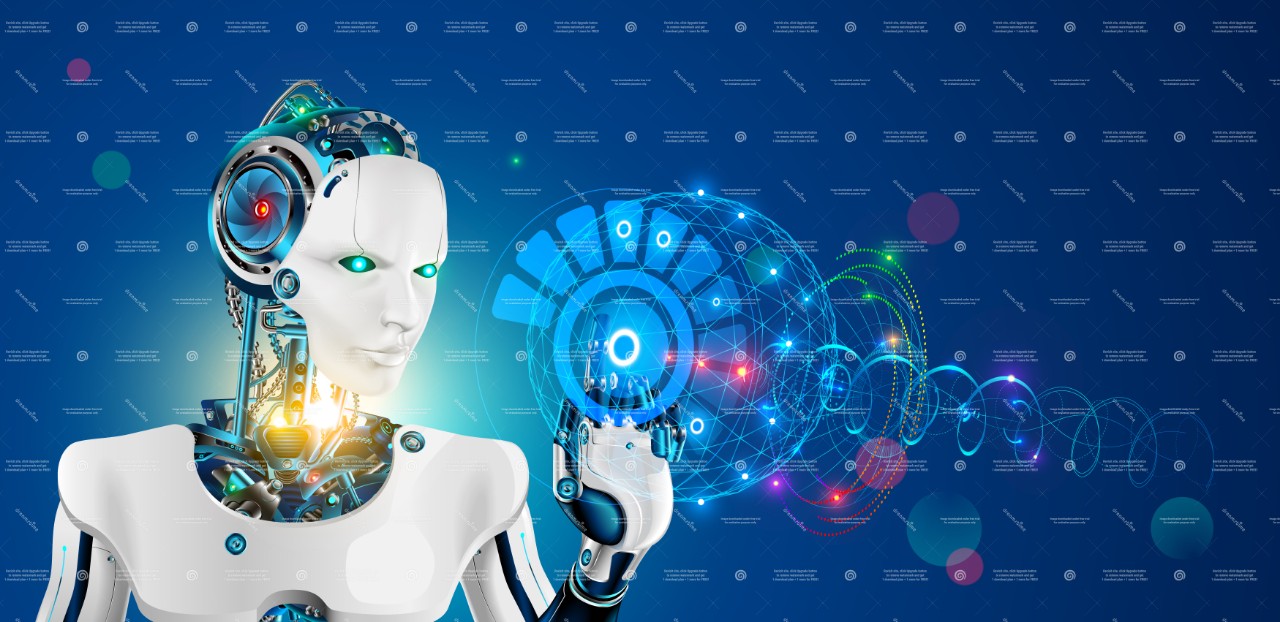
ClicBot – a robot for teaching children programming and English
July 10, 2021
Boston Dynamics’ Atlas robot.
July 23, 2021More and more robots are infiltrating our lives, but thinking robots are still few and far between. In this article we will find out who is smarter than a computer, a washing machine, a smartphone or a robot. Technology that has a processor is commonplace, but which one is smart and can think?
Table of Contents
Introduction ConclusionIntroduction
Nowadays, people are not much surprised by anything, new technology and gadgets are gradually penetrating into life. Smartphones have become common devices in some 5 years, a person can no longer do without this device.
Robots will not be an exception and will penetrate our lives as quickly and imperceptibly that we will not be able to live without them, just as we cannot live without a washing machine or a smartphone, which have a computer on their board, and robots will have powerful and smart computers. Let's understand what robots are made of, how they think, and how they can be smart.

2. hardware
A robot needs to drive or walk, which means it needs mechanisms that drive it, usually using servo-drives (motors). And it takes a whole bunch of "eyes" to see where he's going, namely:
camera
All the information needs to be processed, and for that you need a powerful computer. And all the components of a normal computer should be present in the robot, but the emphasis on the characteristics is made on a good processor to work in real time, so that there were no brakes. Let's look at the parts of the computer in the robot:
- processor
- RAM
- accumulator
- sound card
- microphones
- video card
- Wi-Fi
- GSM module
- monitor
- speakers
These are the main parts that allow the robot to perceive information (cameras and microphones), process (processor) and output (monitor, speakers). The robots on board have Wi-Fi and GSM communication module, because nowadays you can't go anywhere without communication, so the robot needs information from the World Wide Web. The drive stores the operating system, drivers and programs, RAM is faster, so it speeds things up. The sound card is needed to take information from the microphone and output sound to the speakers. The video card pre-processes the images from the cameras and also outputs the information to the monitor.
When assembling the robot, attention is paid to heat dissipation, as a powerful processor gets very warm under load and the heat generated needs to be dissipated. Components are selected to be small in size and weight, and power consumption should be low so that the robot can go longer without recharging and the weight of the batteries is minimized. Engineers build robots as they see fit, as standards do not yet exist and each iron man is different.
If we look inside a washing machine or a smartphone, we will find many parts from the above list and it is not surprising, because, the components of the computer are the same only differ in performance.

Technology is advancing not only through electronic stuffing, but also through software. And robots to be called smart require very elaborate programs on their board and the lion's share of the cost is made up of programs that have to be improved continuously, just like updates on a smartphone. How the robot will navigate around obstacles, how it will talk and think - this all requires complex software that is written by humans.
Before the robot advances a centimeter, it needs to build a 3D map of the terrain using lidar and keep scanning the terrain for changes in real time and only then can the robot take a step. It would seem that what a human does without thinking is computationally intensive for a robot.
That's why robots took so long to appear in our lives, because there weren't enough efficient processors, high-capacity batteries and advanced software. It's worth noting that the software is underpinned by artificial intelligence, which is so essential for any smart robot.
4. artificial intelligence
The washing machine doesn't have - artificial intelligence, it doesn't need it. Simple actions are easy to program without AI. But a robot with predetermined tasks needs to think for itself.Back in the 1950s, Alan Turing created the Turing Test, which determines how intelligent a robot is compared to a human.
The Turing test goes like this: "A person interacts with one computer and one person. Based on his answers to questions, he must determine whether he is talking to a person or a computer program. The task of the computer program is to mislead the person into making the wrong choice."
There are now precedents where the average person thinks they are texting a person, but in fact a computer is having a conversation with them. But professionals know where to tinker with the computer and easily recognize AI.
But, what about creating a thinking machine and that's what we'll talk about in the next section.

What could be more popular than neural networks these days, probably only Ilon Musk. Everyone is talking about them and one way or another - they are the future of our smart devices and robots. While neural networks were previously only available to big companies, now even small startups are developing them and embedding them in smart devices and robots.
So how does such a network work? The mechanisms of our brain, namely the connections between neurons, were laid down for the network to work. It should be understood that a neural network is not programmed with pre-determined algorithms - it learns itself. And we humans can't influence it, ie. We cannot know in advance the result that the neural network will produce, and we cannot know what influenced its decision either.
A neural network is needed for any smart robot, for example to detect a human face and compare whether the robot has met that person before. But first, the robot network must be trained to recognize faces. To do this, the robot is given many pictures with and without faces, and is told where the pictures have faces and where they do not. And the robot's neural network starts looking for key points in the photo with faces and memorize them, so the robot learns, and then comes the verification stage, when the robot is given pictures and the robot needs to identify the photo with faces. If the robot makes a mistake, the human points it out to the robot and the neural network makes corrections.
And this is just one example of where you need a robot to use a neural network, and in fact you need to use them in a lot of actions:



